culture, japanese food, nori
Nori: Everything You Need to Know About Dried Seaweed!
Karina Ikedo
Posted on June 29, 2023
Share:
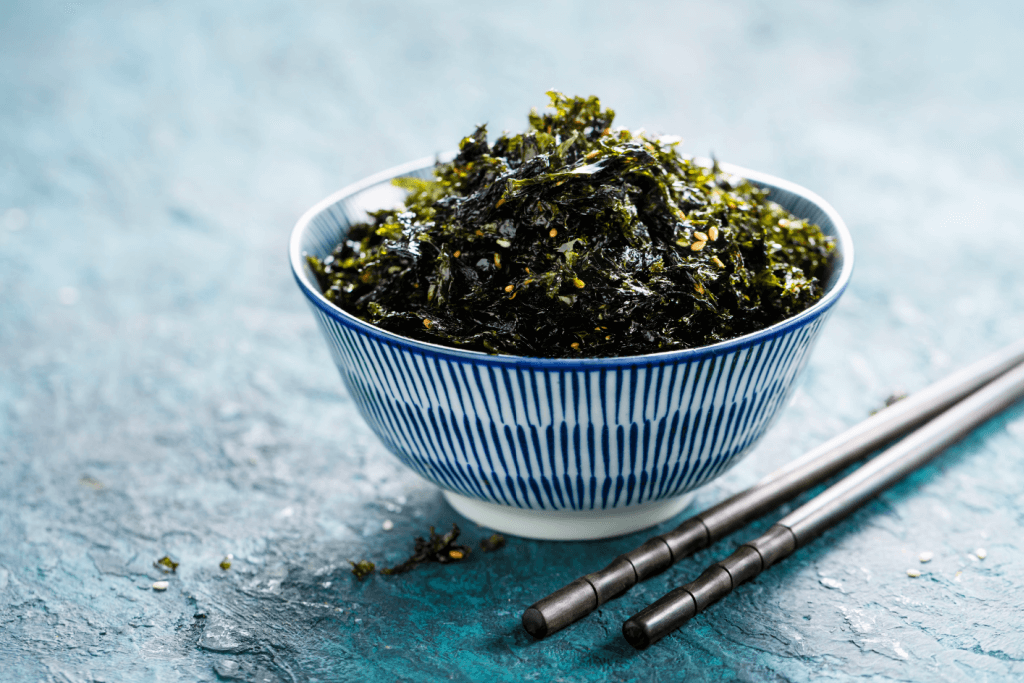
If you have ever eaten sushi before, you have probably tasted nori. But it’s a bit of an unsung hero, so much more than just a sushi wrapper. It’s a nutritious treat, providing health benefits too. So, if you want to learn more, you’re in the right place. We’ll review this excellent condiment and five things you need to know about this delightful treat! So, keep on reading to find out.
What is nori?
Nori is a type of edible seaweed that grows in the Pacific and North Atlantic Oceans. People have used it as a wrap for centuries to keep food fresh. Its natural properties make it widely used in traditional Japanese foods, particularly sushi. It is a versatile ingredient that adds a unique flavor and texture to many Japanese dishes.
Typically, manufacturers dry nori and sell it in thin, paper-like sheets, packaging them in resealable plastic bags. Its texture is crispy and brittle when dry but becomes soft and chewy when wet. Now that we know what this seaweed is, here are five things you need to know about this Japanese snack!
Where does dried seaweed come from?

Seaweed farms cultivate it by filling nets with red algae seeds and setting them below the ocean surface. The farmers carefully control the water temperature to ensure optimal growth, as nori requires specific weather conditions. The crops can reach a length of up to 20 cm, indicating they are ready for harvest.
Farmers get to the seaweed nets in boats where they can harvest each crop around four times. After harvesting the seaweed, farmers wash it with fresh water. Then, they pour it into a machine that dries it into paper-like sheets over a heated surface.
Looking to enjoy Japanese foods and seasonings without leaving your home? Check out Sakuraco! Sakuraco delivers traditional Japanese snacks, teas, sweets, and snacks from local Japanese makers directly to your door so you can enjoy the latest treats from Japan!
What are the different types of seaweed?
One everyday use of nori is in the form of square sheets used to make sushi. People also roast these sheets to make onigiri (rice balls). They also have kizami nori by slicing dried seaweed into thin ribbons. This dried seaweed is usually used as a topping for salads, pasta, or decorative dish seasoning.
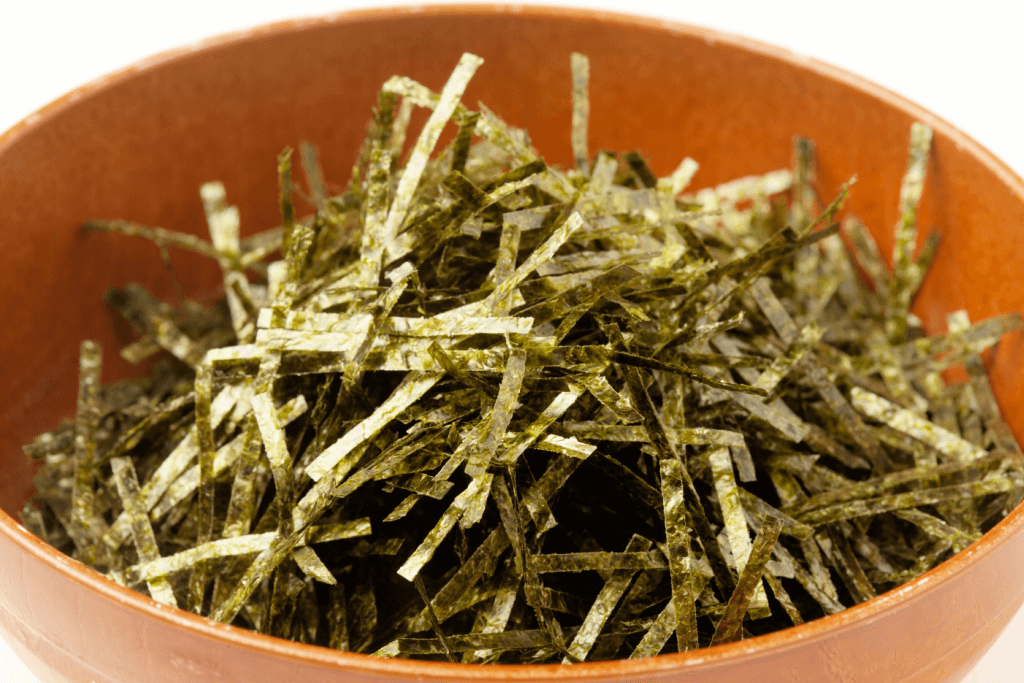
Finally, there’s nori paste precisely what it sounds like. It is a seaweed-based paste seasoned with soy sauce or mirin (rice wine). Each seaweed version offers a unique experience suitable for any dish. Some people even use it in the West for their cuisine as well.
What does nori taste like?
High-quality nori has a very delicate umami taste. This allows it to complement the subtle flavors of sushi rice and fish. It has one primary flavor, and that is salt. Nori can get this naturally salty flavor because it is harvested from the sea. Nevertheless, its consistent texture far surpasses its already exquisite taste. As it’s a type of seaweed, it has a bumpy texture. The texture ranges from crispy to a little bit chewy.
Is nori good for you?
There is a straightforward reason for the wide usage of nori: it offers incredible health benefits. Nori is a natural source of many essential minerals and vitamins, making it a nutrient-packed food. Additionally, it offers one of the broadest ranges of nutrients of any food, including many found in human blood! Because the chemical composition of seaweed is so close to human blood plasma, they are excellent at purifying blood.
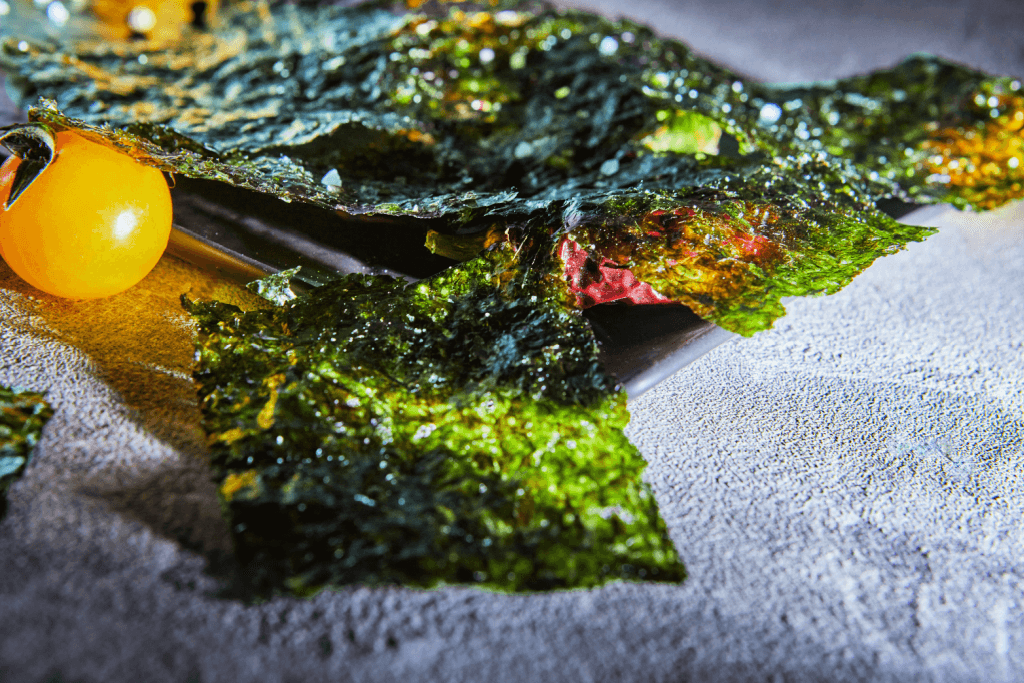
What are the different ways to use nori?
Its crisp and thin properties mean it can be quickly wrapped, seasoned, or soaked. Blend sheets of nori with sea salt, and you’ve got seaweed salt! Nori can also be ground up and mixed with other nutritious ingredients, such as sesame or sunflower seeds. They have a crispy texture and deliciously natural salty and umami flavor, so you can enjoy them as it is.
Nori is an essential ingredient in Japanese cuisine, adding unique flavor and texture to many dishes. It’s a versatile ingredient worth adding to your pantry if you want to try something new. Have you tried nori before? What are some of your favorite ways to enjoy nori? Let us know in the comments below!

Discover authentic flavors with Sakuraco
Get Sakuraco 

Discover authentic flavors with Sakuraco
Get Sakuraco 
Related Articles
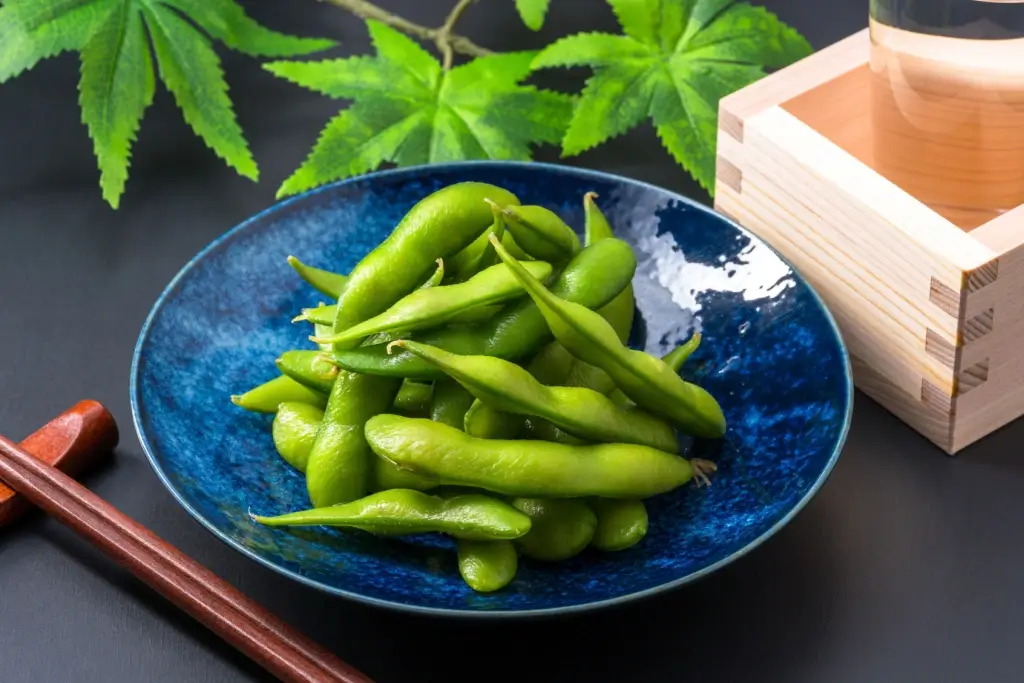
How to Eat Edamame: A Guide to Soybeans!
If this is your first time enjoying this delicious snack, let’s explore how to eat edamame. Keep reading to learn more about this versatile and healthy snack!
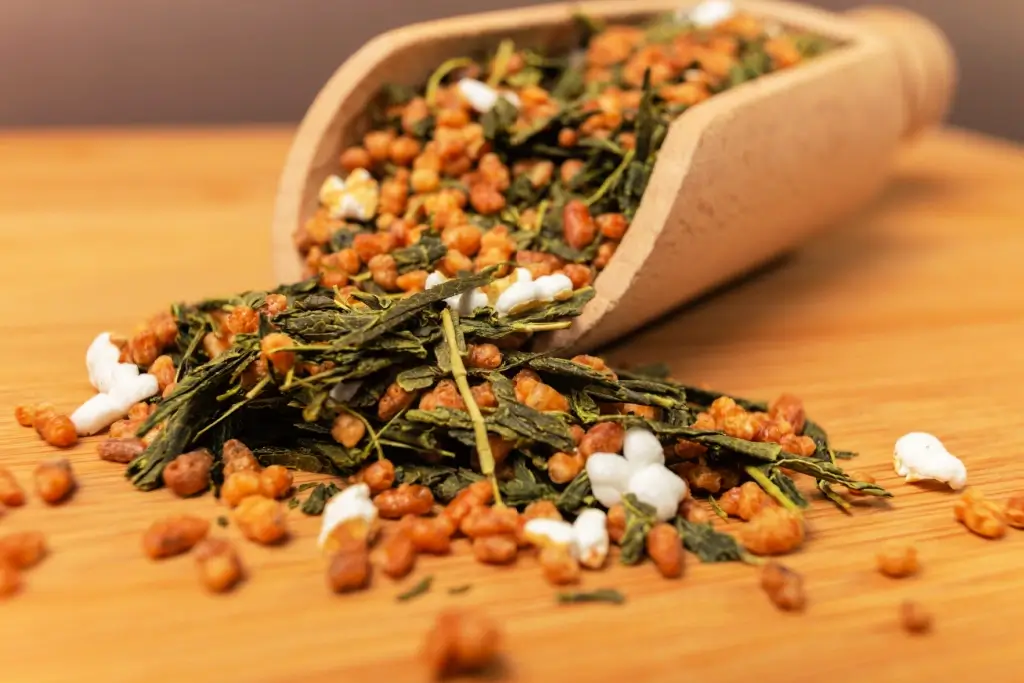
Genmaicha: Amazing Brown Rice Tea from Japan!
One of the most unique and popular teas in Japan is genmaicha. Let’s dive in and discover the exciting characteristics of this drink and how to enjoy it easily at home!
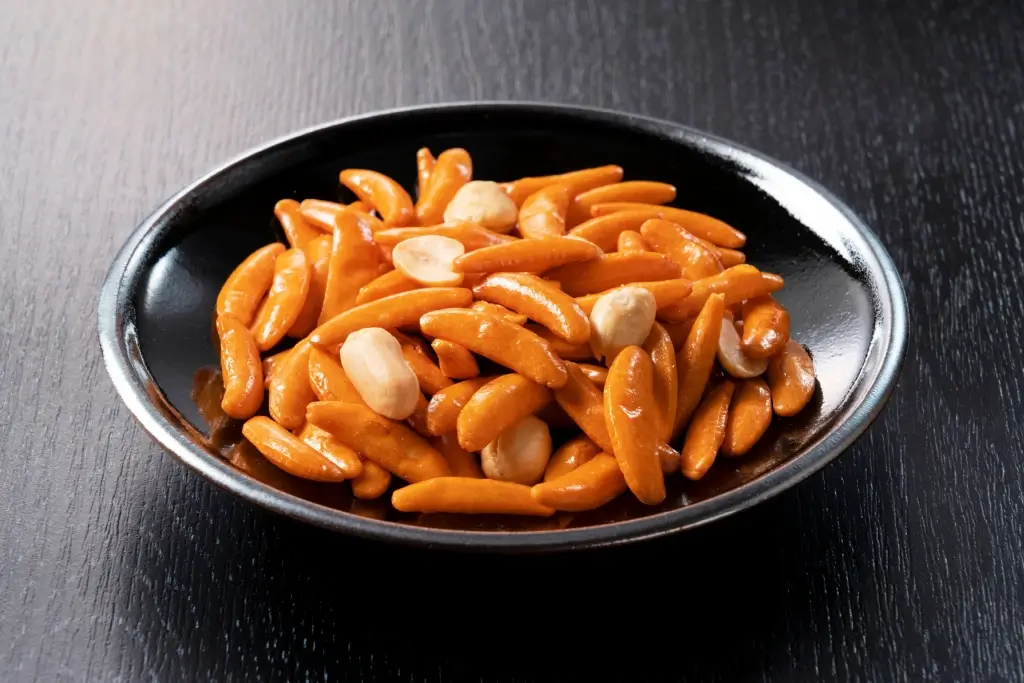
Kaki no Tane and More Types of Senbei
Senbei is a traditional rice cracker snack that has been loved by the people of Japan for generations. So, let’s look at some of the most popular types of senbei, starting with kaki no tane!

Yuzu Senbei from Nakauraya: An Amazing Snack from Ishikawa!
Imagine biting into a crisp rice cracker that suddenly bursts with the bright, citrusy flavor of Japan’s beloved yuzu fruit. That’s the magic of Nakauraya’s yuzu senbei, a mouthwatering treat that captures the essence of Ishikawa Prefecture in every bite.



